This is one of those stories you won’t find in textbooks nor is it widely known. In fact, it is a story that many people refuse to discuss or acknowledge. It’s the account of a religious man and his followers who sheltered and helped Jews escape from Paris during the Nazi occupation. There are thousands of stories about the bravery and courageous acts of Gentiles saving Jewish lives during World War II in spite of knowing that if caught, they would likely forfeit their lives.
Our story today is about the leader of Parisian Muslims who rescued Jews and others from certain deportation during the occupation.
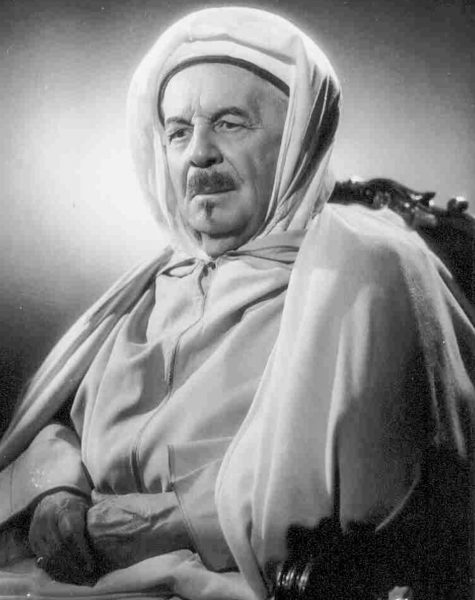
Did You Know?
Did you know that the newest U.S. Navy aircraft carrier will be named after an African American military hero? Europeans like to say that it takes America a long time to make a decision but when she does, it’s usually the right one. In this case, they are correct.
Doris Miller was a mess attendant on the battleship USS West Virginia when it was attacked by Japanese planes on the morning of 7 December 1941 in Pearl Harbor. He carried the wounded to safety, assisted the ship’s mortally wounded captain, and manned an anti-aircraft machine gun (which he had never been trained on) and continued to shoot until he ran out of ammunition and had to abandon ship.
For his actions, Miller was awarded our country’s second highest military medal in 1943, the Navy Cross. He was the first African American to receive the medal. After surviving Pearl Harbor, Miller served on the USS Indianapolis and then, the escort carrier USS Liscome Bay after it was launched in April 1943. During the Battle of Makin in November 1943, a Japanese submarine sank the USS Liscome Bay. Six hundred forty-four or, seventy percent of the crew perished including Miller. He was posthumously awarded the Purple Heart.
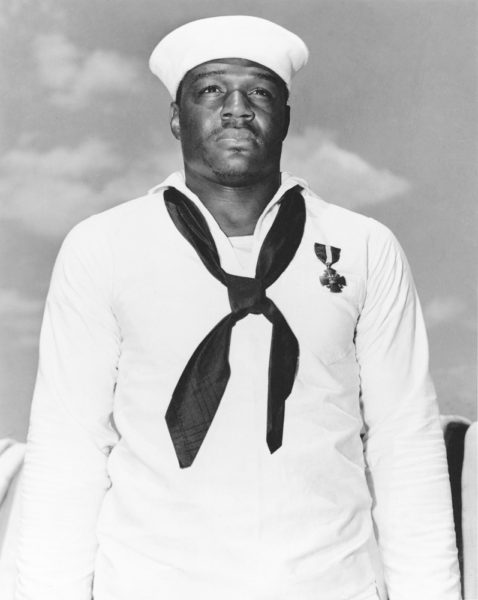
Let’s Meet Is Kaddour Benghabrit
Si Kaddour Benghabrit (1868-1954) was born in French occupied Algeria to a prominent Andalusian family. After primary and secondary educations at leading Algerian schools, he studied law and began his practice in Algiers (capital of Algeria). After stints as an interpreter for the Legation of France and liaison between North Africa and France, Benghabrit founded the Mahkma of Algiers (a civil court) and the Society of Habous and Holy Places of Islam (an organization to facilitate Muslim pilgrimages to Mecca).
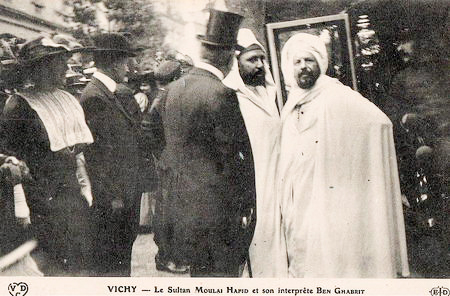
Algeria became part of the French colonial empire in 1830 and did not gain its independence until 1962. However, during the interwar period (i.e., the years between World Wars I & II), Benghabrit and the Society of Habous and Holy Places of Islam established the Great Mosque of Paris as a way to symbolize the friendship between France and Muslims. The Great Mosque also memorialized the thousands of Muslim soldiers who sacrificed their lives fighting for France during World War I.
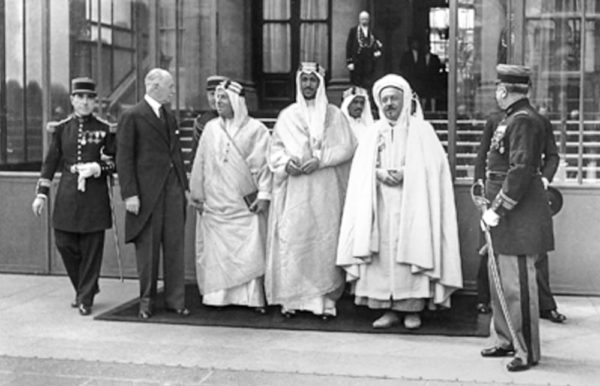
First-hand observers have noted that Benghabrit was very fluid in his efforts to move between Islamic and French culture. His background contributed to a very cosmopolitan approach in dealing with situational matters. Benghabrit was known for being equally comfortable in Paris salons as he was standing on the minbar (the pulpit on which the imam delivers the sermon). This came in handy during the German occupation when he was forced to straddle the intersecting worlds of the Vichy government, the Nazis, and the French Resistance.
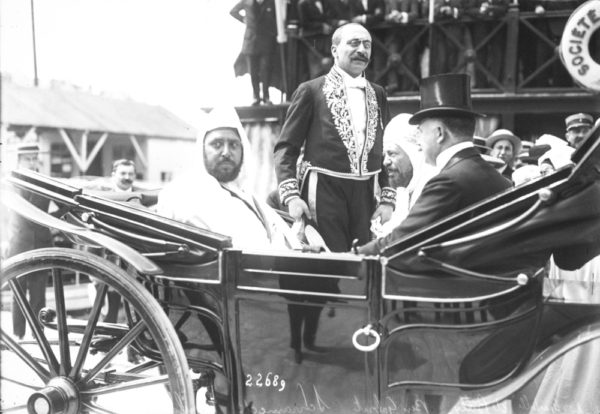
The Great Mosque of Paris
The Grande Mosquée de Paris or, The Great Mosque of Paris was completed in 1926 and is located on the Left Bank in the 5th arrondissement ⏤ at the southwestern corner of the Jardin des Plantes. It was built on the site of the Pitié-Salpêtrière Hospital, the former Charity Hospital. The Great Mosque’s mission was not only to serve the Muslim population of Paris but also to provide assistance and welfare to those who needed it including the newly arrived immigrants to Paris. Believe it or not, the first mosque in Paris was located at Père Lachaise Cemetery. The 85th division was devoted to the burial of Muslims and the Ottoman Embassy built a special enclosure designated as a “Mosque” for the purpose of funeral services and prayers.
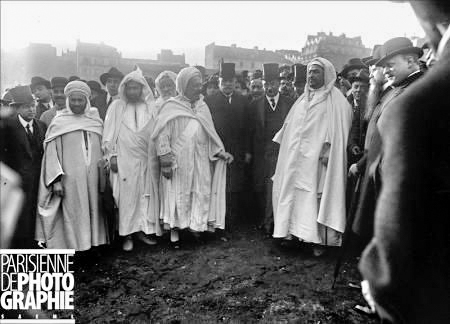
Built in the Moorish architectural style with a 33 meter (108 feet) tall minaret, the Great Mosque was inaugurated on 16 July 1926. King Fuad I of Egypt donated the minbar which is still used today. Si Kaddour Benghabrit was the rector of the mosque from its inception to his death in 1954. One of the important facts for our story today is that the Great Mosque was built over caves and tunnels which lead to the streets of Paris and the underground Bièvre River, a tributary of the Seine.
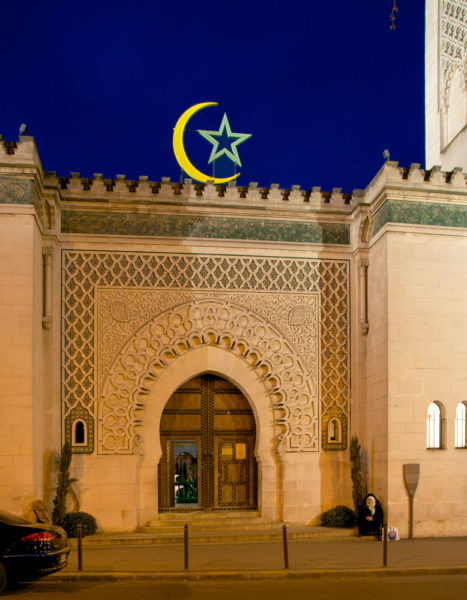
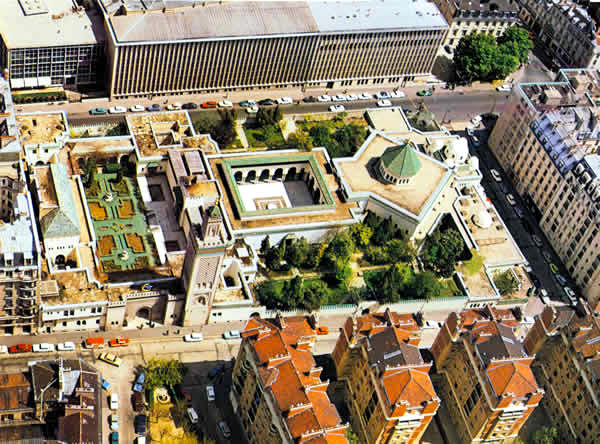
German Occupation
After France fell to the Germans and the Wehrmacht marched into Paris to begin its four-year occupation, Benghabrit began planning for the protection of not only his Muslim constituency but also Jews, escapees from German POW camps, and downed Allied airmen who were evading capture. While controversy surrounds the actual number of people Benghabrit saved (see below), it seems that there is enough evidence to support the fact that he arranged to have forged papers issued to Jews which certified them as Muslim. He also provided the refugees with safety during the Jewish roundups by sheltering them in the mosque and its subterranean caves, and then turning them over to the French Resistance who led them out of France. Watch a video to learn more here.
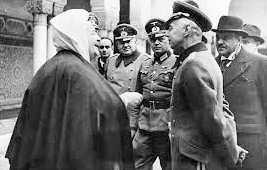
The Germans did not consider Muslims to be Untermensch as they did the Jews, African Americans, Roma, and homosexuals, to name a few. Muslims were legally given “Aryan” status by the Nazis. All of a sudden, the dynamics in France changed. Muslims, long considered by the French to be secondary citizens (as a colonial possession), were now looked on as preferred citizens. Most French Jews had always considered themselves to be French citizens first and Jewish second. Now, they were the “undesirables” with no political or legal status and ultimately, hunted down by the French police. Benghabrit was put in a position where he was forced to choose between collaboration, accommodation, or resistance. As a pragmatic matter, he chose all three.
Approximately thirty years ago, Dr. Albert Assouline (1905-1993), an Algerian-born Jewish survivor of the Holocaust as well as a decorated soldier and résistant, offered his firsthand story about his experience with Benghabrit and the mosque. He talked about how he and another Muslim soldier escaped from a German prison camp and Benghabrit sheltered them before providing them with an escape line. He also claimed the mosque’s imam furnished Jews with certificates identifying them as Muslim. He was also knowledgeable about the button on Benghabrit’s desk which was used to warn the mosque’s inhabitants whenever the Germans were in the buildings or on the grounds. Assouline bases his estimate of the number of refugees aided by Benghabrit on the number of ration cards he found in the mosque. In 1974, a register reportedly containing the names of the children who passed through the mosque was revealed. However, the “red book” nor evidence of the ration cards has ever been found.
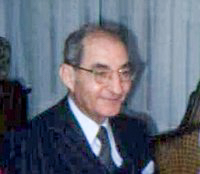
One undisputed story is that of Salim Halali (1920-2005), an Algerian Jew, who was a very famous singer in pre-war France and Algeria. He partnered with Mohamed el-Kamal to produce and sing Arabic music which was very popular with both Jews and Muslims in the suburbs of Paris and Marseille. While el-Kamal went on to collaborate with the Germans during the occupation, Halali found himself vulnerable to arrest and deportation. Benghabrit liked his music and went about protecting Halali from the Germans. Halali was provided the false certificate reflecting his religion as Muslim and Benghabrit went as far as having a headstone carved with Halali’s grandfather’s name on it. He had the headstone placed in the Franco-Muslim cemetery so that when the Germans went about verifying Halali’s Muslim roots, they were directed to the cemetery. Learn more about Salim Halali here.
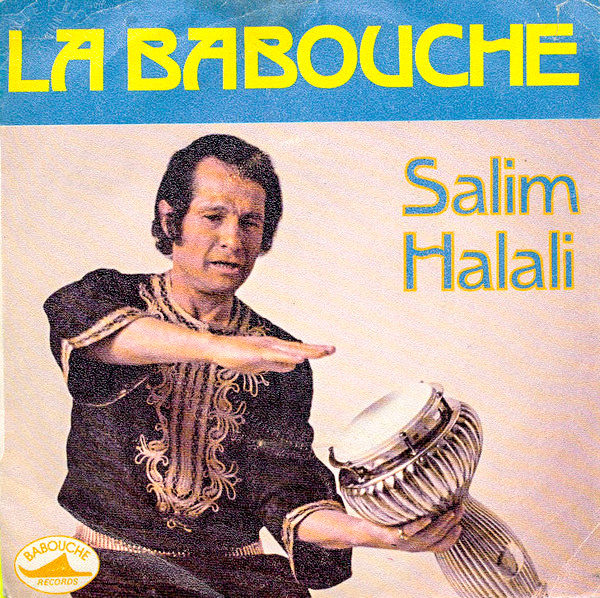
Another story has emerged in support of Benghabrit’s resistance activities. Maurice Moïse Moatti, a Tunisian Jew, was stuck in Nazi-occupied France in November 1942 (about the time of the Allied invasion of North Africa). Moatti eventually found himself at the mosque where they offered to issue him with forged papers and a certificate. Unfortunately, Moatti refused Benghabrit’s offer because he felt the right thing to do was register as a Jew with the authorities. In June 1944, Moatti was arrested, deported, and died at Auschwitz.
Benghabrit, suspected by the Germans of harboring Jews, was arrested by the Gestapo in early 1941. He was released after being sternly told to cease issuing the false certificates. Throughout the occupation, the Germans tried to use Benghabrit and the mosque in their propaganda efforts. However, Benghabrit knew exactly what the Nazis were up to and prevented them from using Muslims to further their agenda.
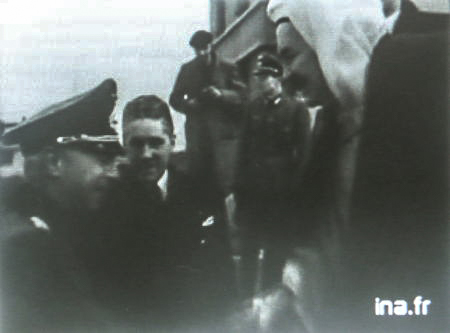
Controversy
There seems to be some controversy over the number of Jews that Benghabrit saved from certain deportation. The figures range from 1,700 (per Dr. Assouline and the film, Une Résitance Oubliée: La Mosquée de Paris) to as few as one hundred (per Dahlil Boubakeur, one of the mosque’s leaders). The noted Nazi hunter and Holocaust researcher, Serge Klarsfeld, has expressed skepticism over the large number but has supported the gathering of testimonies to shore up the case in favor of Benghabrit.
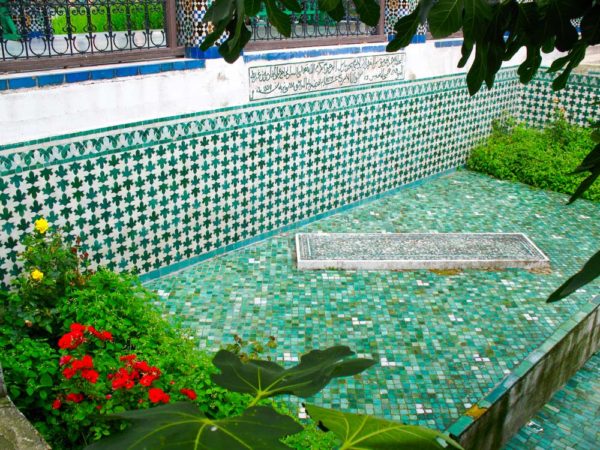
Unfortunately, the efforts to formally recognize Benghabrit never seem to gain any traction. Algeria refuses to cooperate with documenting and recognizing this story and the Great Mosque has never opened its archives to historians. As far as the French role, Ethan Katz terms their contribution to fact finding as “the French have arrived at (what) I term an impasse between mythology and silence.” Certainly, political and religious issues are responsible for the stagnation of the investigation into Benghabrit’s role in saving Jews during the four years of German occupation.
One thing is certain. Thousands of Gentiles have been credited with saving Jews during the Holocaust. However, only one Arab ⏤ Dr. Mohamed Helmy (1901-1982) ⏤ has been honored by the Yad Vashem. In 2013, Helmy was named as “Righteous Among the Nations” but his family refused to accept the award due to the Israel and Palestinian conflict.
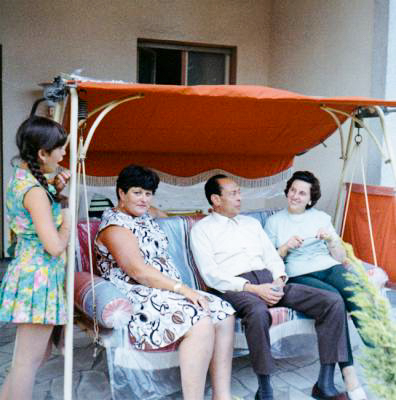
✭ ✭ ★ Learn More About Muslims, Jews and the Gestapo ✭ ★ ★
Aderet, Ofer. The Great Mosque of Paris That Saved Jews During the Holocaust. Israel: Haaretz, 2020. Click here to read the article.
Cahill, Susan. The Streets of Paris. New York: St. Martin’s Press, 2017.
Ferroukhi, Ismael (Director). Les hommes libres or Free Men with English subtitles. Studio: Film Movement, 2012.
Katz, Ethan. Did the Paris Mosque Save Jews? A Mystery and Its Memory. Published by University of Pennsylvania Press: The Jewish Quarterly Review, Vol. 102, No. 2 (Spring 2012).
Ruelle, Karen Gray and Deborah Durland Desaix. The Grand Mosque of Paris: A Story of How Muslims Rescued Jews During the Holocaust. New York: Holiday House, 2010.
Satloff, Robert. Among the Righteous: Lost Stories from the Holocaust’s Long Reach into Arab Lands. Philadelphia: Public Affairs, 2007.
Mr. Satloff’s book and Ethan Katz’s article are the two literary pieces that I recommend you read for the expanded story of the mosque and Benghabrit. Ms. Ruelle’s book is a children’s book and has received excellent reviews.
What’s New With Sandy and Stew
Well, a year in which we had planned six international trips has been reduced to two: the one we took in January and the cruise we disembarked from on 7 March, just in time to go into self-isolation. The omen of what was to come probably began in January when we had to disembark our ship in Aruba and fly back to the states after only two days due to a medical emergency I had on board (I’m fine now, thanks for asking).
So, for the remainder of 2020, I think Sandy and I will hole up here in Southwest Florida in our house, watch the Rick Steves travelogue video series, and self-isolate on our boat in the middle of Charlotte Harbor.
Unfortunately, everyone is negatively affected by this deadly virus, but we feel extremely lucky at this point. Unfortunately, there are a lot of people who are struggling right now. They’ve lost their jobs, businesses, or even loved ones to this illness. It’s refreshing to see the majority abiding by the recommendations of health officials and government leaders. By the time you read this, I’m confident we will have turned the corner.
Thank you to all of you who subscribe to our bi-weekly blogs. It seems there isn’t a day that goes by where we don’t increase our readership. Please let your history buff friends and family members know about our blogs.
Someone Is Commenting On Our Blogs
I’d like to thank Margaret F. for letting us know about the experiences her children had with National History Day (click here to read the blog.). Margaret was quite impressed with the NHD events and competition. She mentioned that they still talk about their NHD experience. The best part, they obtained a life-long appreciation for history. Thanks, Margaret, for reaching out to us and for being a subscriber to our bi-weekly blogs!
If there is a topic you’d like to see a blog written about, please don’t hesitate to contact me. I love hearing from you so keep those comments coming.
Why Would You Want To Buy Our “Walks Through History” Books?
Simple.
You like to travel and experience history and historical events. You like to see original buildings that had a significant impact on the people and events of the history you’re engaged with. You want to know the stories behind the brick and mortar in front of you.
The walking tour books are meticulously researched so you can go directly to those sites and learn about the building’s history as well as an introduction to some of the more interesting people associated with it.
We Need Your Help
Please tell your friends about our blog site and encourage them to visit and subscribe. Sandy and I are trying to increase our audience and we need your help through your friends and social media followers.
Thank You
Sandy and I appreciate you visiting with us. We have some exciting things on the horizon and we’ll keep you updated as we go along.
Share This:
Follow Stew:
Find Stew’s books on Amazon and iBooks.
Please note that we do not and will not take compensation from individuals or companies mentioned or promoted in the blogs.
 Walks Through History
Walks Through History
Copyright ©2020 Stew Ross


